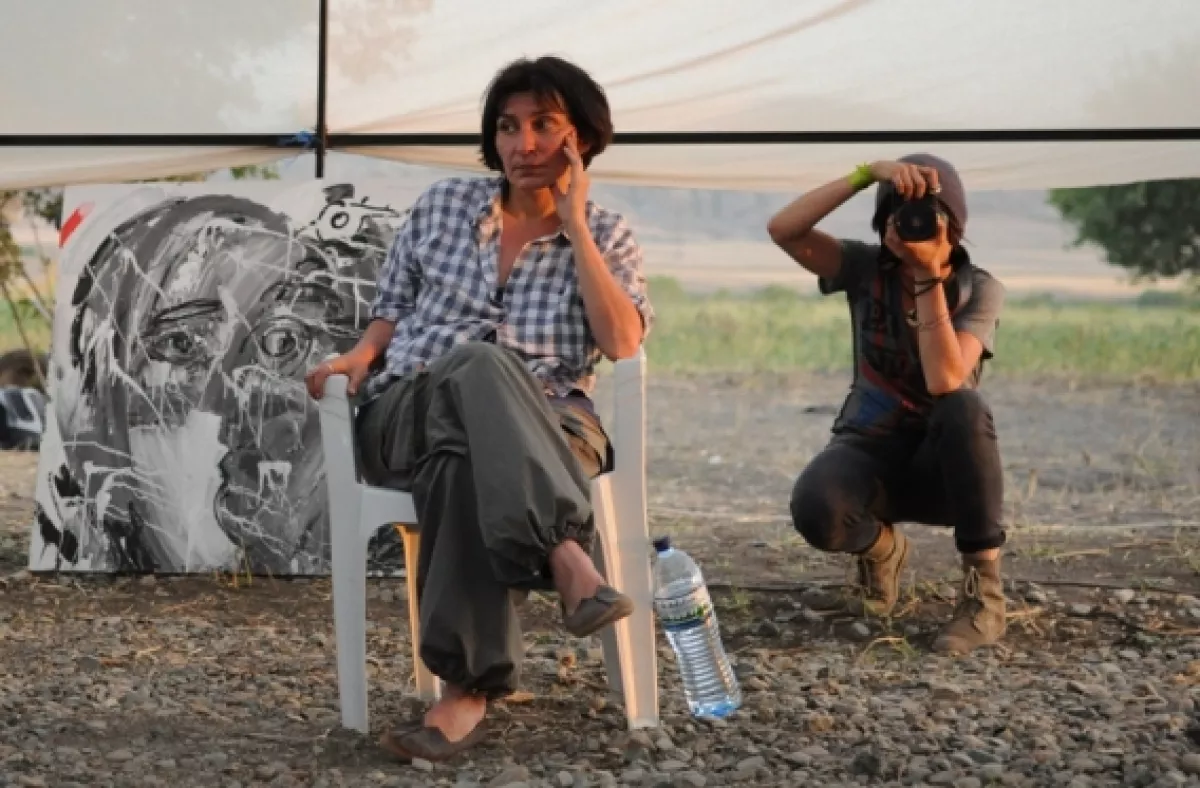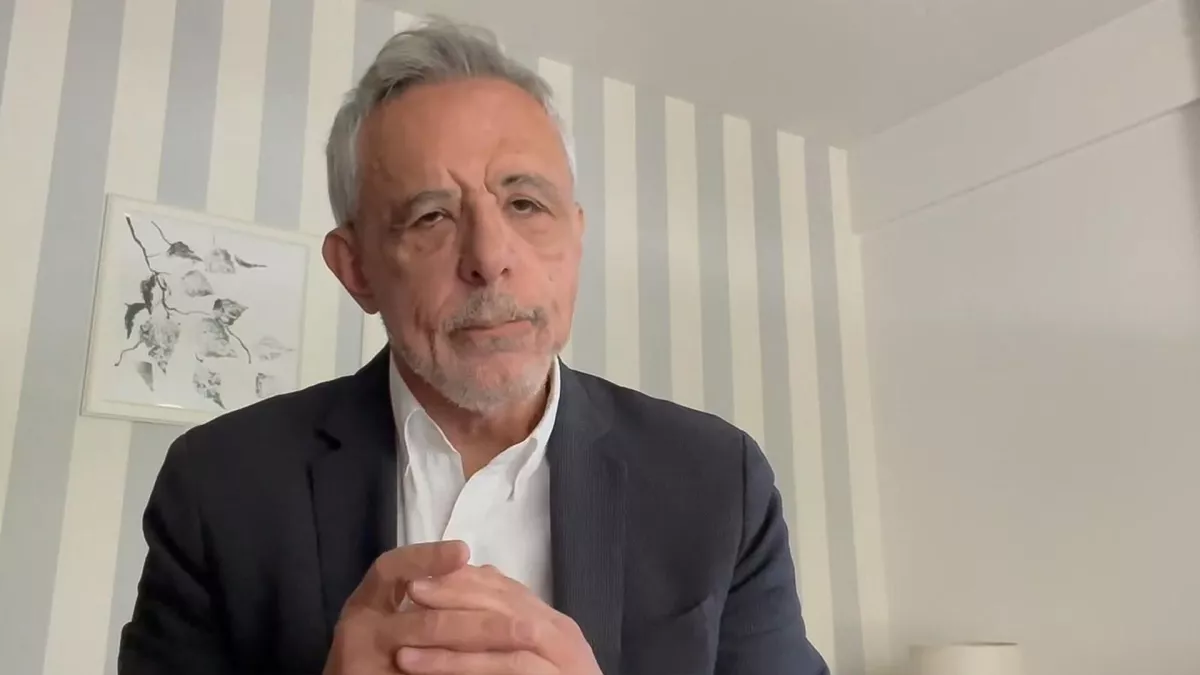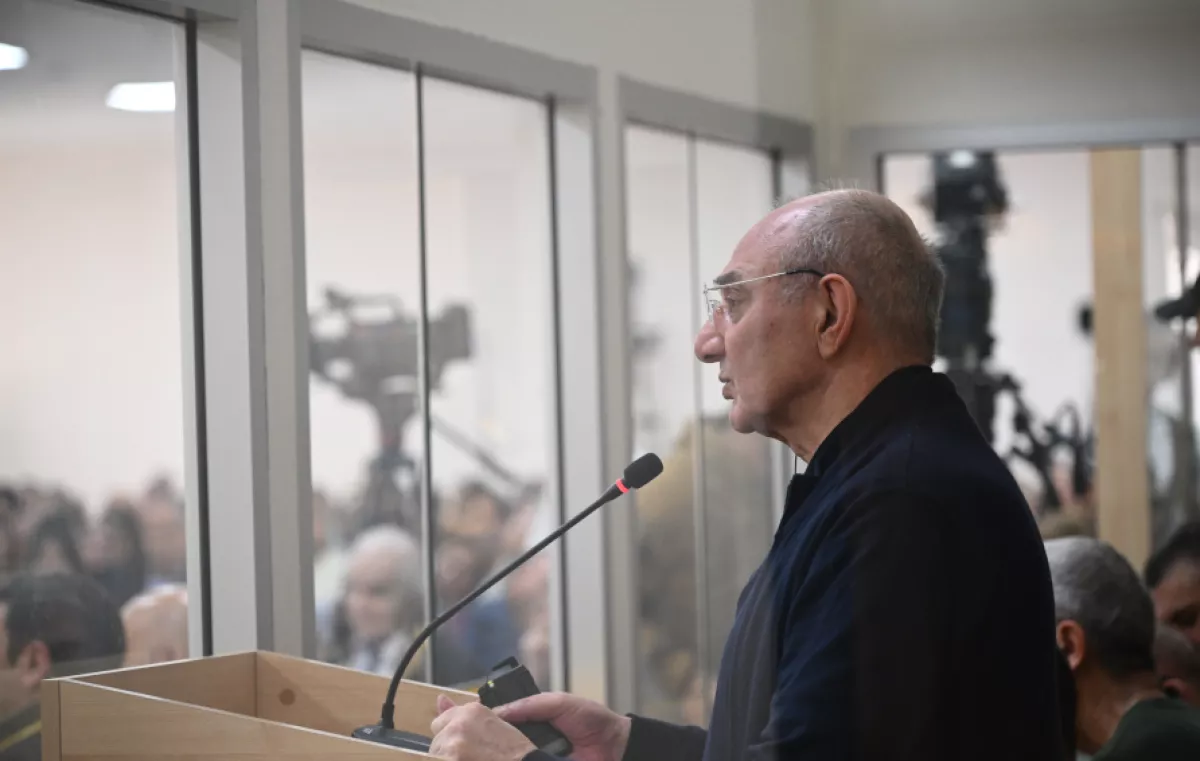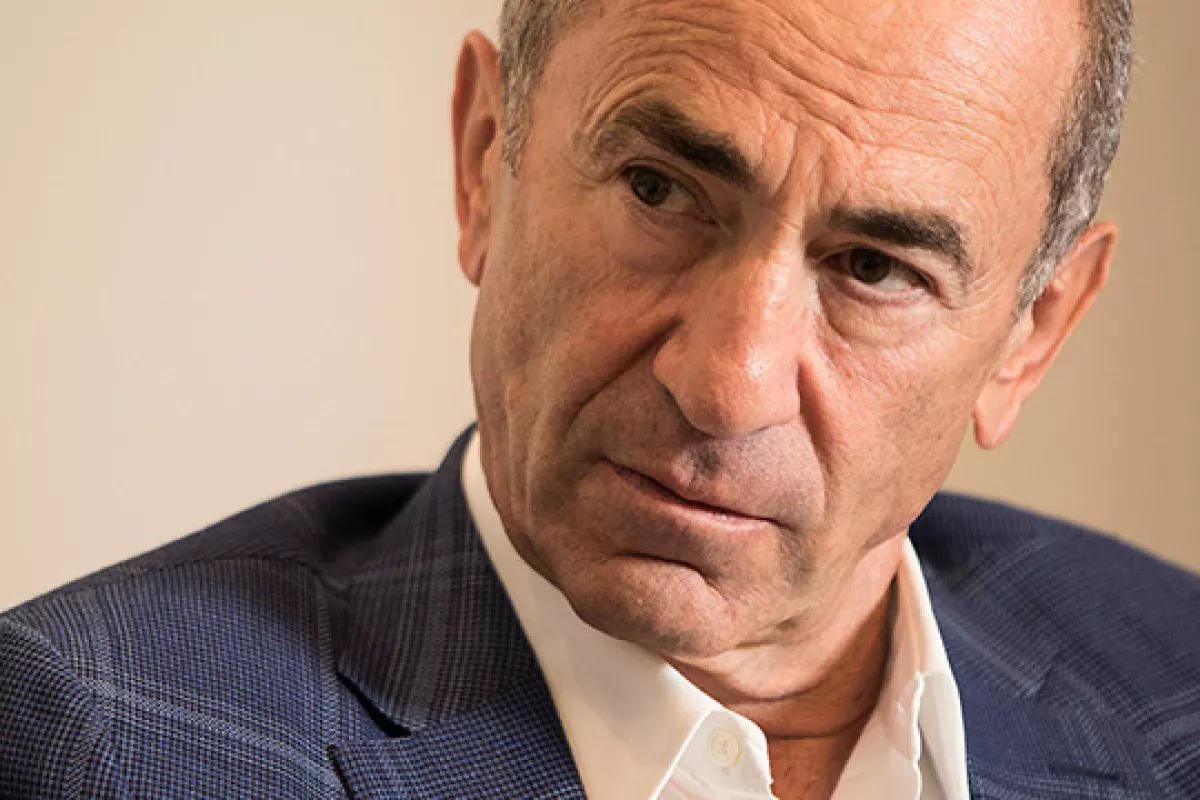Armenia between yesterday and tomorrow Lessons from 2020
Former editor of the Armenian website southcaucasus.com, Louisa Poghosyan, once wrote that the process of “recognising the genocide” has turned “for us Armenians into a complex of our own exclusivity and superiority over the rest of the world.” She added that this has become a kind of illness, preventing “us from adequately perceiving reality and moving forward.”

This phrase comes to mind today because of the noticeable reluctance of Armenian society to embrace Azerbaijan’s peace-oriented approach. Accordingly, the very sense of adequacy in perceiving reality, which Poghosyan referred to, has clearly failed to take root in a certain segment of Armenian society. Otherwise, it is difficult to explain their unwillingness to pursue a path of peace, which could offer Armenia significant political and economic dividends.
Indeed, it is obvious: when various segments of the population remain dominated by stereotypes they simply refuse to abandon, one cannot even speak of clear-headed thinking. The appeals that politicians, journalists, publicists, and those who call—and continue to call—themselves analysts have been feeding to Armenian society for decades remain far too deeply ingrained in the collective consciousness.
Certainly, there still prevails a lack of understanding within Armenian society as to how their vaunted and “invincible army” suffered a humiliating defeat. But how could they accept this, when the older generation in Armenia was raised on myths and anti-historicism?

For example, in 2005, statements from the then-serving Armenian Foreign Minister Vartan Oskanian were loudly proclaimed—Oskanian remains a recurring figure on the Armenian political horizon today. He assured his compatriots that “the Karabakh problem has no military solution,” since “Karabakh has been proving to the world for almost 15 years” the possibility of existing “as an independent state.”
From the same line of thinking comes a reference in the 2006 report of the International Crisis Group (ICG) to an anonymous Armenian separatist, who urged Azerbaijanis to “understand: they will never be able to return to Fuzuli and Jabrayil.”
In 2007, Russian researcher Oleg Glashatov, having determined an “optimal” frontline configuration for the Armenian side, emphasised that the “defence army” of the puppet and unrecognised entity they called the “NKR” was, “like the Armenian Armed Forces, well-trained and equipped,” surpassing “the enemy in combat capability.”
Also in 2007, another report by the same International Crisis Group noted Yerevan’s conviction that “Nagorno-Karabakh’s de facto independence will become a reality increasingly difficult to ignore.”
As Professor Eiki Berg of the University of Tartu (Estonia) wrote at the end of 2009, the Azerbaijani territories around Karabakh, occupied by Armenian armed forces and viewed by them as “a valuable bargaining chip for peace,” came to be referred to in Yerevan as “liberated ancestral Armenian lands.”
Bako Sahakyan, presenting himself as the “head” of that very puppet separatist entity, confidently declared at the French Institute of International Relations and Strategic Studies that “the slightest weakening of the republic's security,” since a “strong and combat-ready army” serves as “the primary guarantee of the country’s security, along with the constant support of Armenia and the Armenian diaspora.”

It is worth recalling that this is the same Bako Sahakyan who is now testifying in Baku as part of the court proceedings against those accused of war crimes.
In this context, it is appropriate to recall the statement of Vladimir Kazimirov, head of Russia’s mediation mission in the Armenia-Azerbaijan conflict from 1992–1996—a figure so notorious that it would be impossible to accuse him of sympathising with Azerbaijan. He admitted that the Armenians were “played a cruel trick” by the euphoria of “victors” and their “complacency.”
In 2015, Grigory Anisonyan, editor-in-chief of the Russian publication Noev Kovcheg, wrote with relish that although Azerbaijan had “spent a great deal of effort and resources” on armaments, “it was not enough,” because “their own people are not ready for military action.”
Anisonyan went on to claim, in a rather profound manner, that “the Azerbaijani soldier does not defend anyone; he wants to seize what does not belong to him.”
Gradually, the year 2020 approached.

On September 20, 2020, the second President of Armenia, Robert Kocharyan, in a state of unrestrained euphoria, declared that “the belt of territories around Karabakh provides the opportunity to ensure its security by our own forces.”
Even from this brief list of facts, it becomes clear how Armenia’s authorities and so-called experts for years fed Armenian society with false information, cultivating a sense of self-righteousness and confidence in the omnipotence of their army. Moreover, they instilled the idea that almost the entire South Caucasus belonged to the Armenian nation. In this way, instead of historical truth, generations grew up within Armenian society living under illusions, nourished by self-adoration.
Thus, the 44-day autumn reality of 2020 proved to be for Armenian society not merely a cold—or even hot—shower, but a genuine shock: a resounding wave of historical justice. This wave rose precisely a week after Kocharyan’s “fairy tale.”
The problem, however, is that illusions apparently continue to linger within parts of Armenian society. As a result, some still live by revanchist ideas, sustained by the same “heroes” made of papier-mâché, capable of fighting only defenceless civilians.
One can only hope that, in time, logic, historical awareness, pragmatism, and rationalism will prevail across various layers of Armenian society. That the realities of the South Caucasus will serve as a starting point for them to understand that it is better to live in truth and light than in lies and darkness.








